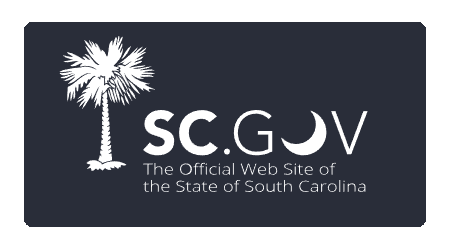Legislative Menu
-
Chamber Video
- Video Schedule
- Video Archives
Legislative Menu
South Carolina Law > Code of Laws > Title 59
South Carolina Code of Laws
Unannotated
Title 59 - Education
CHAPTER 34
Blind Persons' Literacy Rights and Education
SECTION 59-34-10.Short title.
This chapter may be cited as the Blind Persons' Literacy Rights and Education Act.
HISTORY: 1992 Act No. 282, Section 2.
SECTION 59-34-20.Definitions.
As used in this chapter:
(1) "Blind student" means an individual who is eligible for special education services and who:
(a) has a visual acuity of 20/200 or less in the better eye with correcting lenses or has a limited field of vision such that the widest diameter subtends an angular distance of no greater than twenty degrees; or
(b) has a medically indicated expectation of visual deterioration.
(2) "Braille" means the system of reading and writing through touch commonly known as standard English Braille.
(3) "Individualized education program" means a written statement developed for a student eligible for special education services pursuant to Section 602(a)(20) of Part A of the Individuals with Disabilities Education Act, 20 U.S.C. Section 1401(a).
HISTORY: 1992 Act No. 282, Section 2.
SECTION 59-34-30.Entitlement to individualized education program; assessment; instruction in braille.
Each legally blind student must be identified and offered an individualized education program (IEP) in consultation with a parent or legal guardian. While braille is not required, it is presumed that the need for braille reading and writing are valuable skills to be considered in the student's transition plan toward continuing in higher education and in broadening job and career opportunities.
No child who is legally blind may be denied the opportunity to receive instructions in braille reading and writing on the basis that the child has the ability to read and write print.
Each student must be given an assessment which must include an evaluation of the need for braille skills to be designed by the State Department of Education, and shall include strengths and deficits. The purpose of the assessment is to determine the most appropriate reading and writing media for the individual child and does not require the use of braille if other special education services are appropriate.
Nothing in this section requires the inclusion of braille in a legally blind student's IEP.
HISTORY: 1992 Act No. 282, Section 2.
SECTION 59-34-40.Sufficiency of instruction required; particulars of individualized education program.
Instruction in braille reading and writing must be sufficient to enable each blind student to communicate effectively and efficiently with the same level of proficiency expected of the student's peers of comparable ability and grade level. The student's individualized education program must specify:
(1) the results obtained from the assessment required pursuant to Section 59-34-30;
(2) how braille will be implemented as the primary mode for learning through integration with other classroom activities;
(3) the date on which braille instruction will commence;
(4) the length of the period of instruction and the frequency and duration of each instructional session;
(5) the level of competency in braille reading and writing to be achieved by the end of the period and the objective assessment measures to be used; and
(6) if a decision has been made pursuant to the assessment that braille instruction or use is not required for the student then a specification of the evidence used to determine that the absence of braille instruction or use will not impair the student's ability to read and write effectively.
HISTORY: 1992 Act No. 282, Section 2.
 Loading
Loading



